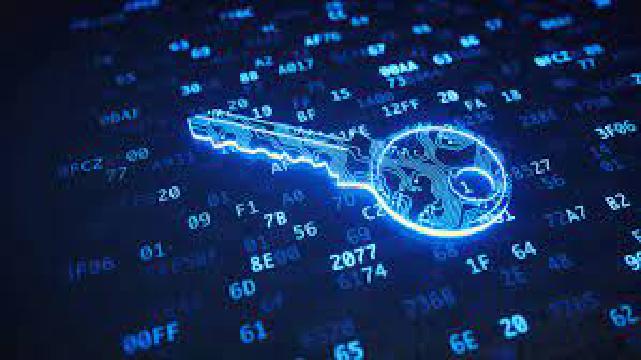Excerpt§
Exploring the concept of SHA-256 and addressing the question of whether two files can have the same hash. Understanding collision probability and practical implications.
SHA-256 is one of the most widely used cryptographic hash functions. This blog examines whether it is possible for two different files to produce the same SHA-256 hash value.
Introduction§
SHA-256 (Secure Hash Algorithm 256-bit) is a popular one-way cryptographic hash function used in many security applications and protocols. It takes an input of any length and generates a 256-bit hash value. A common question regarding SHA-256 is whether two distinct files can result in an identical 256-bit hash output. This blog post explores this question by analyzing the probability of collisions in SHA-256.
Understanding SHA-256§
Cryptographic hash functions like SHA-256 have two main properties:
They are one-way functions. It is easy to compute the hash for an input but virtually impossible to determine the original input from the hash.
They are collision resistant. This means that it should be highly unlikely for two different input values to produce the same hash output.
SHA-256 processes an input message in 512-bit blocks and computes a 256-bit hash value. It utilizes compression and logical functions in an iterative process to generate a unique hash fingerprint. Due to the large output space of 2^256 possibilities, SHA-256 exhibits strong collision resistance in practice.
Probability of Collision§
A collision occurs when two distinct input values hash to the same output value. While SHA-256 is designed to minimize collisions, in theory, a collision is possible.
The probability depends on:
- Size of output space (256 bits for SHA-256)
- Number of possible inputs
- Birthday paradox
For SHA-256, a collision should statistically occur after 2^128 inputs. With 2^256 possible hashes, this probability is vanishingly small and a collision is highly unlikely to be found through random chance.
Factors Influencing Collision Probability§
Some key factors impact the likelihood of collisions:
Output size - SHA-256’s 256-bit hashes significantly minimize collisions versus smaller outputs.
Input size - Longer input files decrease the chance of collisions.
Birthday paradox - This theory states that for a certain number of random inputs into a function, collisions start occurring at the square root of the size of the output space.
Time - The longer SHA-256 is used, the higher the probability of collisions.
Practical Implications§
In practice, finding two files with identical SHA-256 hashes is computationally infeasible given the massive input and output spaces. Some implications:
Conducting a brute force search for SHA-256 collisions requires astronomical computation well beyond current technology.
SHA-256’s collision resistance permits its safe use in blockchain, cryptocurrency, digital signatures and other security applications.
While theoretical weaknesses may exist, none have been found to compromise SHA-256’s collision resistance.
For all intents and purposes, intentionally creating SHA-256 collisions is impractical with current techniques. Natural collisions are highly unlikely to occur.
Conclusion§
In summary, it is possible but extremely improbable for two distinct files to have the same SHA-256 hash. The chances of finding a collision are virtually zero for all practical purposes under normal use cases. While future advancements in cryptanalysis and quantum computing may affect collision resistance, SHA-256 remains collision-resistant for the foreseeable future. Users can continue to rely on it as a secure cryptographic hash function.















